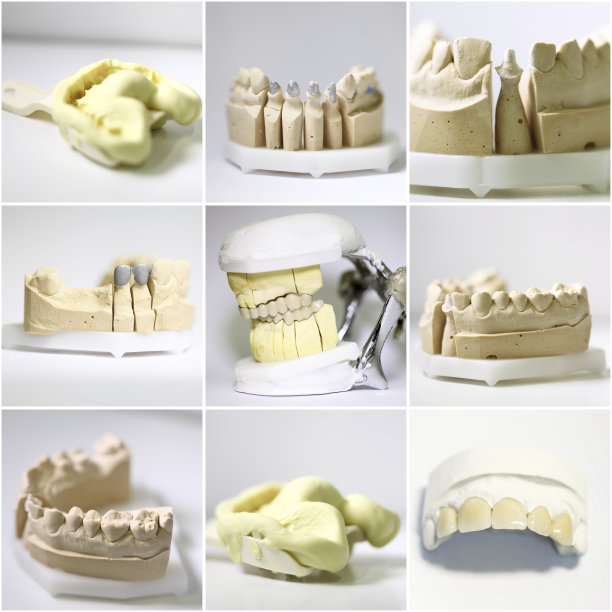Essential Steps to Ensure Safe and Effective Root Canal Treatment for Optimal Dental Health and Patient Comfort
Summary: Root canal treatments are often misunderstood and can provoke anxiety among patients, yet they are essential for maintaining dental health. This article outlines the essential steps to ensure safe and effective root canal treatment, focusing on four critical aspects: thorough diagnosis, advanced technology, skilled professionals, and patient care and comfort. Each of these components plays a significant role in ensuring optimal outcomes for dental health. Emphasizing the importance of a detailed approach, this article aims to demystify the process and highlight how proper care enhances patient experiences, ultimately leading to healthier smiles.
1. Importance of Comprehensive Diagnosis

Before diving into a root canal treatment, a thorough diagnosis is paramount. Dentists employ a variety of methods such as X-rays and dental exams to assess the state of the tooth and the surrounding area. This detailed analysis helps in determining the extent of infection or damage, guiding the treatment plan.
Consultations with the patient enable practitioners to gather pertinent information regarding symptoms and history of dental issues. Communication is critical, as it allows patients to voice their concerns, ensuring that the treatment plan aligns with their needs. An accurate diagnosis sets a solid foundation for the subsequent steps of the procedure.
Furthermore, a comprehensive diagnosis aids in recognizing any underlying health issues that may affect treatment decisions. For example, conditions like diabetes can impact healing, which necessitates a tailored approach to ensure the patients overall wellbeing during and after treatment.
2. Utilizing Advanced Technology in Procedures
Technological advancements in dentistry have significantly improved the precision and effectiveness of root canal treatments. Tools like digital X-rays offer enhanced imaging capabilities, allowing dentists to detect intricate dental problems that may not be visible through traditional methods.
Additionally, the use of endodontic microscopes plays a critical role in the treatment process. These microscopes provide a closer view of the complex root canal anatomy, facilitating better cleaning, shaping, and filling of the canals, which are essential in preventing future infections.
Moreover, laser technology has been increasingly integrated into root canal procedures, promoting better patient comfort and reducing the need for anesthesia. Lasers can help in disinfecting the canal efficiently, thereby reducing recovery time and enhancing treatment outcomes.
3. Expertise of Skilled Dental Professionals
The success of a root canal treatment heavily relies on the expertise of dental professionals. Endodontists, specialists in treating tooth pain and performing root canals, undergo extensive training beyond general dentistry. Their specialized knowledge equips them with the necessary skills to handle complex cases effectively.
Practitioners should stay updated with ongoing education and advancements in the field, ensuring they utilize the latest techniques and protocols. This commitment to continuous learning not only improves individual skill levels but also enhances the entire practices reliability in providing top-notch care.
Moreover, the presence of a supportive dental team contributes to a smoother procedure. Collaboration among dental hygienists, assistants, and office staff fosters an environment where patient care is prioritized, ultimately enhancing the overall experience and ensuring safety during the treatment process.
4. Focusing on Patient Care and Comfort
Ensuring patient comfort is a fundamental aspect of root canal treatment. Anxiety can heighten discomfort during procedures; therefore, it is important for dental offices to cultivate a calming environment. This can include quiet music, soothing colors, and comfortable seating arrangements, which help alleviate patient fears.
Incorporating effective pain management practices is also crucial. Dentists use various anesthesia techniques and medications to minimize discomfort, and they inform patients about what to expect during and after the procedure. This transparency is vital in building trust between patients and their providers.
Post-treatment care is equally important in enhancing patient comfort. Providing detailed aftercare instructions and ensuring clear lines of communication for any follow-up questions can significantly improve a patient’s recovery experience. When patients feel supported, their overall satisfaction with the treatment increases, paving the way for better dental outcomes.
Summary:
In conclusion, ensuring a safe and effective root canal treatment involves a detailed approach that encompasses comprehensive diagnosis, the latest technology, skilled professionals, and a patient-centered focus. Each of these key components plays a vital role in enhancing not only dental health but also patient comfort and satisfaction. Understanding these essential steps equips patients with the knowledge needed to face root canal procedures with confidence.
This article is compiled by Vickong Dental and the content is for reference only.



